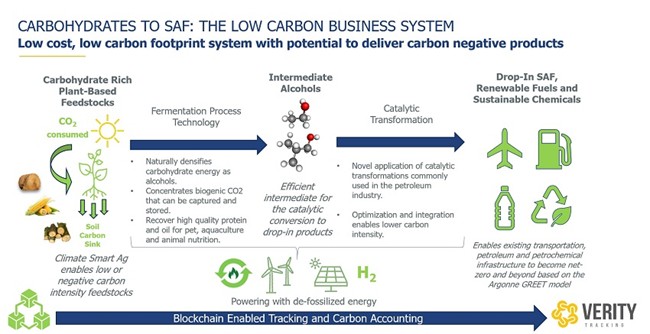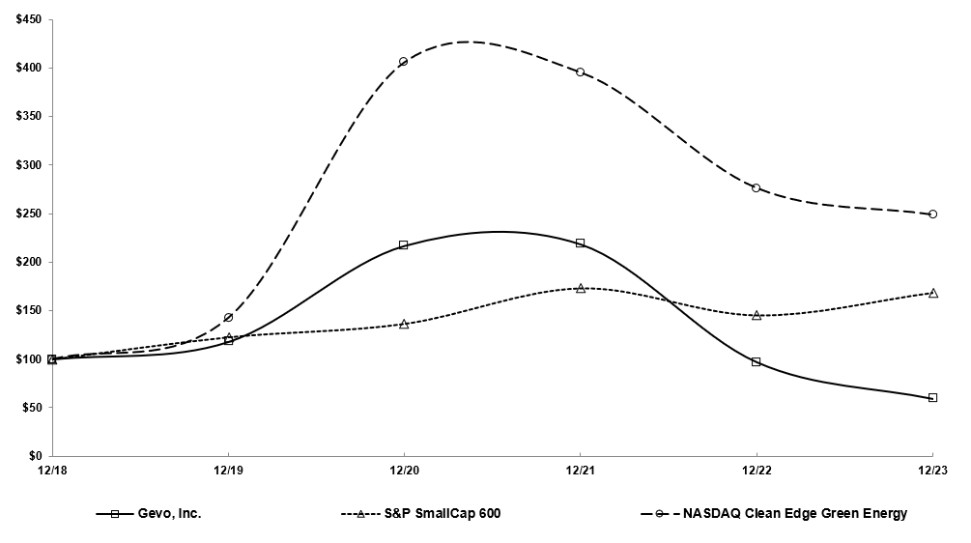Research and development expense. Research and development expense decreased $0.8 million during the year ended December 31, 2023, compared to the year ended December 31, 2022, primarily due to a reduction of consulting expenses, partially offset by an increase in personnel related costs due to additional headcount added during the year ended December 31, 2023.
General and administrative expense. General and administrative expense increased $2.7 million during the year ended December 31, 2023, compared to the year ended December 31, 2022, primarily due to increases in personnel costs related to the hiring of highly qualified and skilled professionals, professional consulting fees, and stock-based compensation. On a periodic basis, we assess our Corporate cost allocation estimates. During the year ended December 31, 2023, we performed an assessment which resulted in the implementation of Corporate cost allocations across all segments to reflect the use of centralized administrative functions as well as the allocation of personnel costs related to our project development efforts. If we had applied the most recent cost allocation estimate to the year ended December 31, 2023, it would have resulted in a decrease in General and administrative expense of approximately $28.4 million, with a corresponding increase primarily to Project development costs, representing the nature of the Company’s expenditures related to those growth projects: namely our view that substantial portions of these expenditures may be reimbursed to us upon financial close of NZ1, and their growth-oriented non-recurring and discretionary nature. The allocations did not impact the Company’s operating loss or net loss for the year ended December 31, 2023.
Project development costs. Project development costs are related to our future Net-Zero Projects and Verity which consist primarily of employee expenses, preliminary engineering costs, and technical consulting costs. Project development costs increased $4.7 million during the year ended December 31, 2023, compared to the year ended December 31, 2022, primarily due to increases in personnel costs and consulting fees.
Facility idling costs. Facility idling costs are related to care and maintenance of our Luverne Facility. Facility idling costs decreased by $0.6 million for the year ended December 31, 2023, compared to the year ended December 31, 2022, primarily due to one-time charges recorded during 2022 related to removing flammable and other hazardous items from the site, writing off certain patents, and reduction in the workforce.
Impairment loss. No impairment loss was recorded during the year ended December 31, 2023. During the year ended December 31, 2022, the Company recorded a $24.7 million impairment loss on long-lived assets, which reduced the carrying value of certain property, plant, and equipment, and a leased right of use asset, at the Agri-Energy segment to its fair value. The impairments recorded relate to the determination to suspend production at the Luverne Facility and shift the plant into an idled, care and maintenance status during the third quarter of 2022. The impact of the one-time impairment charge of $24.7 million was $0.11 of basic and diluted impairment loss per share for the year ended December 31, 2022. See Note 4 to the Consolidated Financial Statements for additional information.
Loss on disposal of assets. The Company did not record a loss on disposal of assets for the year ended December 31, 2023. As a result of suspending the production of ethanol at the Luverne Facility, we wrote-off $0.5 million of costs during the year ended December 31, 2022, related to ancillary equipment and spare parts that are no longer expected to be utilized at the Luverne Facility. The equipment and spare parts had been planned to be used in ethanol production.
Loss from operations. The Company’s loss from operations decreased by $20.9 million during the year ended December 31, 2023, compared to the year ended December 31, 2022, primarily due to increased revenue from RNG operations and LG Chem licensing in 2023, as well as the prior year impairment loss, partially offset by the increase in costs for our Net-Zero, Verity, and USDA Climate-Smart Grant projects.
Interest expense. Interest expense increased by $1.0 million during the year ended December 31, 2023, compared to the year ended December 31, 2022, primarily due to the interest on the 2021 Bonds, which was capitalized into construction in process during the construction phase of our RNG Project in the prior periods.
Interest and investment income. Interest and investment income increased $15.6 million during the year ended December 31, 2023, compared to the year ended December 31, 2022, primarily due to an increase in interest earned on our cash equivalent investments as a result of higher interest rates.

